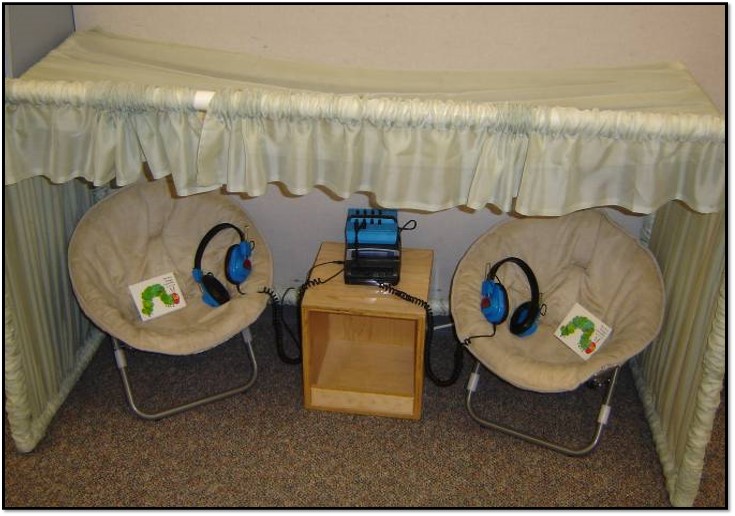Respecting Children’s Social Preferences
Lately, I’ve been thinking about how we may or may not respect children’s social preferences. So often, we forget that children are human too. In other words, they have bad days, grumpy moods, and sometimes don’t want to be social.
Yesterday was one of those days where I did not feel like being social. I was feeling a little stressed, and while I wasn’t in a bad mood or anything, I didn’t want to socialize. Being unsocial didn’t seem to sit well with some of the people I interact with daily because they were expecting the typical energetic and social me. And when they didn’t get that, I was bombarded with questions about what was wrong. As a result, I wanted to interact even less.
Nothing was wrong. I wasn’t in a bad mood, and no one did anything. In my eyes, none of my relationships had changed in any way, nor had my feelings about those relationships. I just wanted to be in my own space and head for a while. And most importantly, I didn’t want to feel like there was something wrong with me for feeling that way. I just wanted my preferences and feelings to be respected and honored.
Thinking About Children’s Preferences
After feeling this way, I wondered how my day yesterday relates to how we treat children. For instance, How often do we greet children at the door of our classrooms expecting the typical, cheery response and then start over-analyzing when we don’t get it? Do we become irritated when someone doesn’t want to participate at group time or answer a question we’ve asked? Or maybe we hover with questions about what is wrong when a child plays solemnly by himself rather than with other children? Have you ever questioned yourself about whether you honor and respect children’s feelings and preferences from the moment they enter your classroom?
What are some ways that we, as teachers, can make it easier for children to show us how they would like to be treated that day? How can we allow them the flexibility to change their mind at any time without judgment or question? It’s an interesting question and one that we can answer in many ways.
How to Respect Children’s Social Preferences Upon Entering the Classroom
One of my favorite ideas that I heard at a conference once (perhaps from Conscious Discipline?) was to have a greeting apron or a greeting board. You can have various options on this apron or board that children can choose for their morning greeting. For example, each option would have a picture next to it, such as a picture of two bears hugging to indicate that the child wants a bear hug, a picture of two people giving a high five to show a high five greeting. The number of options is unlimited!
- Bear hug
- High five
- Wiggly handshake
- Smile
- Wink
- Wave
- Thumbs Up
- Fist Bump
- Bow to each other
- Clapping
- Sogi – This is a Polynesian greeting in which you press your nose against the other person’s nose and inhale deeply at the same time
- Sing a song
- Use sign language
- Blow a kiss
- Just say hello
Continuing to Respect Children’s Social Preferences
After we welcome children in the classroom, how can we continue to respect their individuality? For example, I’m thinking about my behavior in a workshop and how sometimes I want to participate, but I want to listen other times. Could we give children cards at group time to sit in front of them in which they get to make that same choice? What are other times during the day when we can respect their preferences? What do you do in your classroom? I’d love to hear from you! Check out more ideas for Building Positive Relationships with children in my blog post.
To Learn More About Infant and Toddler Social and Emotional Development, Check out our Course!
Social-Emotional Development: The Foundation for All Curriculum – 2.5 hours
Social-emotional development is the foundation for all curriculum, especially for infants and toddlers. Throughout this course, we’ll be talking about the various aspects of social and emotional development. While all areas of development are intertwined, it’s essential to realize that nothing happens in the brain that doesn’t first pass through the brain’s emotional center. Therefore having a secure understanding of social-emotional development is essential for providing quality environments for young children. This class is geared towards infant and toddler teachers.







